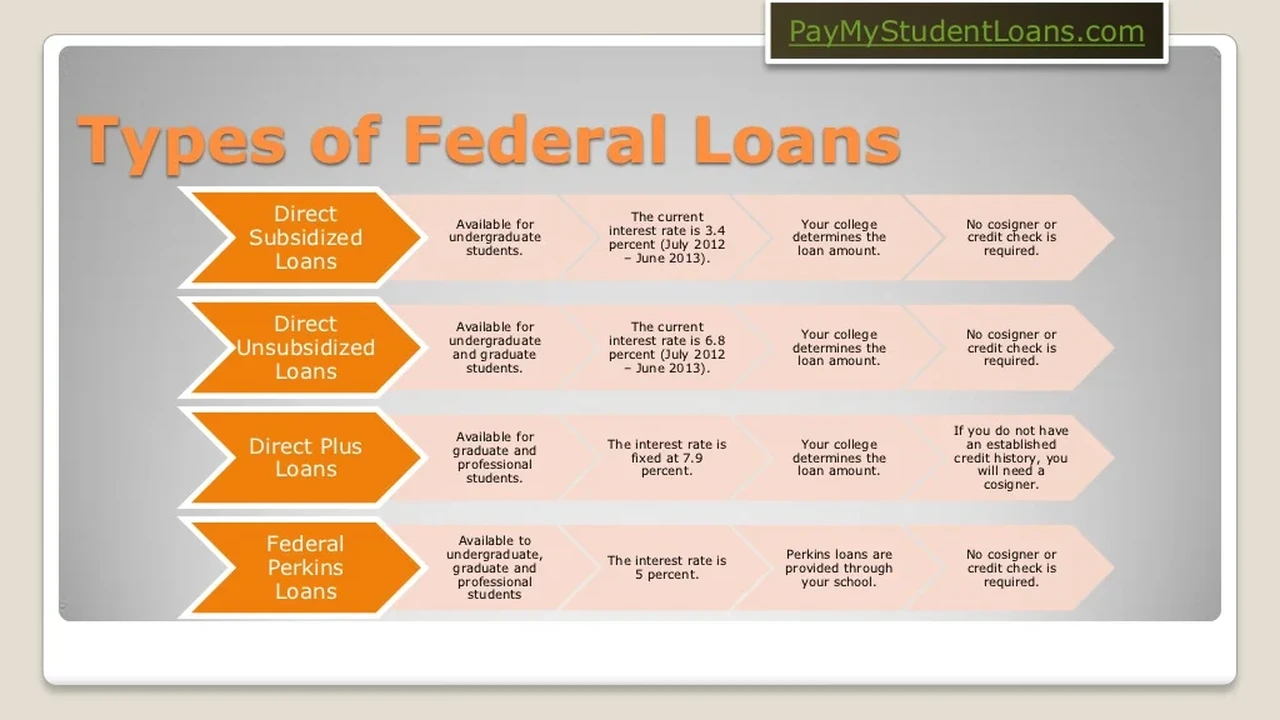Cost of Living While Studying Online Budgeting Tips
Budgeting tips for online students to manage living expenses while pursuing their degree from home.

Budgeting tips for online students to manage living expenses while pursuing their degree from home. Studying online offers incredible flexibility, but it doesn't mean you're free from financial considerations beyond tuition. In fact, managing your cost of living while pursuing an online degree is crucial for your overall financial well-being and academic success. Whether you're a student in the US or Southeast Asia, understanding how to budget effectively can make a huge difference. Let's dive into some practical tips and tools to help you keep your finances in check.
Understanding Your Online Student Cost of Living
What is Cost of Living for Online Students
When we talk about the cost of living for online students, we're not just referring to rent or mortgage payments. It encompasses all the expenses you incur to maintain your lifestyle while you're studying. This includes housing, food, transportation (even if minimal), utilities, internet, study supplies, personal care, and even a little bit for entertainment or emergencies. For online students, some costs might be lower (like daily commute), but others might increase (like higher electricity bills from being home more, or specialized software subscriptions).Why Budgeting is Essential for Online Degree Success
Budgeting isn't just about saving money; it's about gaining control over your financial life. For online students, a solid budget can prevent stress, ensure you have funds for necessary study materials, and help you avoid debt. It allows you to prioritize spending, identify areas where you can cut back, and ultimately, focus more on your studies without constant financial worry. Think of it as a roadmap for your money, guiding you through your academic journey.Key Cost of Living Categories for Online Learners
Let's break down the typical expenses you'll encounter as an online student. Understanding these categories is the first step to creating an effective budget.Housing Costs for Online Students
Even if you're studying from home, housing is likely your biggest expense. This could be rent, mortgage payments, property taxes, or even just contributing to household bills if you live with family. If you're considering moving to a new location to study online, research average rental costs in that area. For example, a studio apartment in New York City will be vastly different from one in Bangkok or a smaller town in the US. Always factor in utilities like electricity, water, gas, and trash collection.Food Expenses for Online Degree Students
Food is another significant variable. Are you cooking most of your meals, or do you frequently order takeout? Online students often find themselves spending more on groceries because they're home more, or conversely, more on convenience food due to busy schedules. Planning meals, buying in bulk, and cooking at home can lead to substantial savings. Consider using grocery delivery services if they save you time and prevent impulse buys.Internet and Utility Bills for Online Learning
Reliable internet is non-negotiable for online students. This is an area where cutting corners might negatively impact your studies. However, you can still shop around for the best deals. Also, being home more often means higher utility usage – electricity for your computer, lights, heating/cooling. Factor these increases into your budget. Some internet providers offer student discounts, so always ask!Study Materials and Software for Online Programs
Beyond tuition, you'll need textbooks, e-books, software licenses (e.g., Microsoft Office, Adobe Creative Suite, specialized engineering software), and possibly subscriptions to academic journals or online learning tools. While some universities provide these, many require students to purchase them. Always check your course syllabus for required materials before the semester begins.Transportation Costs for Online Learners
While online study reduces daily commute costs, you might still have transportation expenses. This could include occasional trips to campus for exams or events, public transport fares, gas for your car, or ride-sharing services. Don't forget vehicle maintenance and insurance if you own a car.Personal Care and Health Expenses for Online Students
This category includes toiletries, haircuts, gym memberships, and health insurance. Health insurance is particularly important, especially in the US where healthcare costs can be very high. Many universities offer student health plans, or you might be able to stay on a parent's plan until a certain age.Miscellaneous and Emergency Funds for Online Study
Life happens! It's wise to allocate a small portion of your budget for unexpected expenses like a broken laptop, a sudden medical bill, or an urgent trip. Also, don't forget a small allowance for entertainment, hobbies, or social activities. All work and no play makes for a very dull student!Practical Budgeting Strategies for Online Students
Creating Your First Online Student Budget
Track Your Spending for Online Degree Expenses
The first step to any effective budget is knowing where your money goes. For a month, meticulously track every dollar you spend. Use a notebook, a spreadsheet, or a budgeting app. This will give you a clear picture of your spending habits and highlight areas where you might be overspending.Categorize Your Income and Expenses for Online Study
List all your sources of income (scholarships, student loans, part-time job, family contributions) and then categorize your expenses as discussed above. This helps you see the big picture and identify fixed versus variable costs.Set Realistic Spending Limits for Online Learners
Based on your income and tracked expenses, set realistic spending limits for each category. Be honest with yourself. If you know you can't live without your daily coffee, budget for it rather than trying to cut it out completely and feeling deprived.Review and Adjust Your Online Student Budget Regularly
A budget isn't a one-time thing. Life changes, and so should your budget. Review it monthly or quarterly. Did you overspend in one area? Can you cut back somewhere else? Are there new expenses or income sources? Flexibility is key.Money Saving Tips for Online Degree Students
Cooking at Home and Meal Prepping
This is one of the most impactful ways to save money. Plan your meals for the week, make a grocery list, and stick to it. Cook in larger batches and portion out meals for the week. Websites like Budget Bytes offer fantastic, affordable recipes. In Southeast Asia, local markets often provide fresh ingredients at lower prices than supermarkets.Utilizing Student Discounts and Free Resources
Always ask for student discounts! Many software companies, streaming services, public transport systems, and even local businesses offer them. Your university library is also a goldmine for free resources – textbooks, academic journals, software, and even career services. Don't buy a book until you've checked if the library has it.Minimizing Transportation Costs
Since you're studying online, you're already saving on daily commutes. For occasional trips, consider public transport, cycling, or walking. If you own a car, group errands to save on gas. Carpooling with friends or family can also reduce costs.Energy Conservation at Home for Online Learners
Being home more means higher utility bills. Turn off lights when you leave a room, unplug electronics when not in use, use natural light, and adjust your thermostat. Small changes can add up to significant savings over time.Smart Shopping for Study Supplies and Tech
Before buying new, check if you can find used textbooks or rent them. For software, see if your university provides free licenses or discounts. When buying tech, compare prices from different retailers and look for student deals. Don't always go for the latest model if an older, cheaper one meets your needs.Cutting Down on Non-Essential Spending
Identify your 'wants' versus 'needs.' Do you really need that new gadget, or can you hold off? Can you swap expensive outings for free or low-cost activities? Even small cuts in daily spending, like making coffee at home instead of buying it, can save hundreds over a semester.Tools and Apps for Online Student Budgeting
Managing your money doesn't have to be complicated. There are many excellent tools available to help you track, plan, and save.Budgeting Apps for Online Students
These apps connect to your bank accounts and automatically categorize your spending, making it easy to see where your money is going. They can also help you set goals and track progress.- Mint: A popular free budgeting app that allows you to track all your financial accounts in one place. It categorizes transactions, sets budgets, and sends bill reminders. It's great for getting a comprehensive overview of your finances.
- You Need A Budget (YNAB): This app follows a 'zero-based budgeting' philosophy, meaning every dollar has a job. It's a paid service but many users swear by its effectiveness in helping them gain control over their money. YNAB is particularly good for those who want to be very hands-on with their budgeting.
- PocketGuard: This app focuses on showing you 'what's left to spend' after accounting for bills and savings goals. It's very user-friendly and great for those who want a quick glance at their disposable income.
- Goodbudget: Based on the envelope system, Goodbudget is ideal for couples or individuals who want to share a budget. You allocate funds to different 'envelopes' (categories) and track spending against them.
Spreadsheet Templates for Online Degree Budgeting
If you prefer a more manual approach or want full customization, a spreadsheet (like Google Sheets or Microsoft Excel) is an excellent option. You can find many free templates online, or create your own. This gives you complete control over your categories and calculations.- Google Sheets Budget Template: Google offers several free, customizable budget templates directly within Google Sheets. These are great because they're cloud-based, so you can access them from anywhere.
- Microsoft Excel Budget Templates: Similar to Google Sheets, Excel has a wide array of built-in budget templates. These are powerful for detailed financial tracking and analysis.
- Personalized Spreadsheet: For those comfortable with spreadsheets, creating your own allows for ultimate customization. You can tailor categories, add specific formulas, and design it exactly how you like.
Online Banking Features for Expense Tracking
Most modern banks offer robust online banking platforms and mobile apps that allow you to track spending, categorize transactions, and even set up alerts for low balances or large purchases. Utilize these features to keep a close eye on your money without needing a separate app.- Transaction Categorization: Many banks automatically categorize your spending, which can be a good starting point for understanding your habits.
- Spending Insights: Some banks provide visual summaries of your spending by category, helping you identify trends.
- Alerts and Notifications: Set up alerts for when your balance drops below a certain amount or for large transactions to stay informed.
:max_bytes(150000):strip_icc()/277019-baked-pork-chops-with-cream-of-mushroom-soup-DDMFS-beauty-4x3-BG-7505-5762b731cf30447d9cbbbbbf387beafa.jpg)






